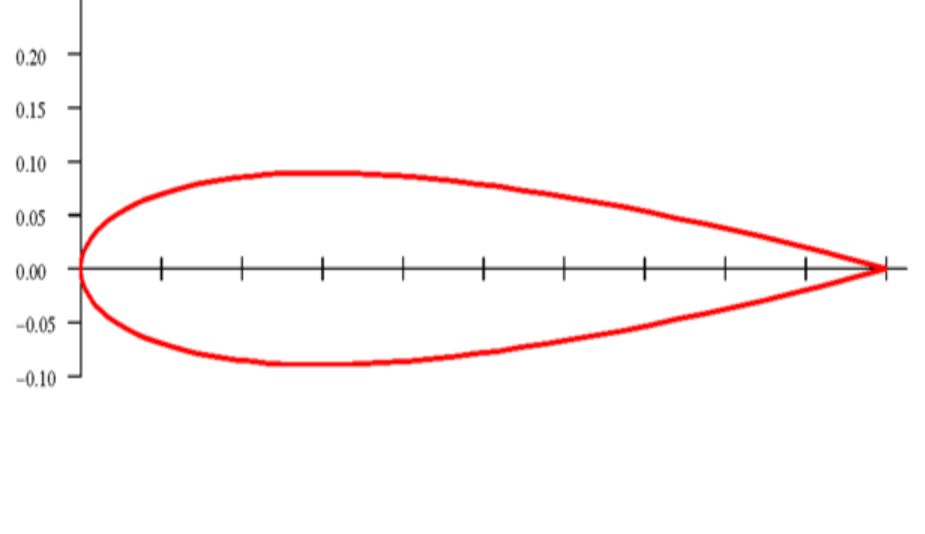I found airfoils here:
Airfoil Investigation Database - Showing NACA 0021
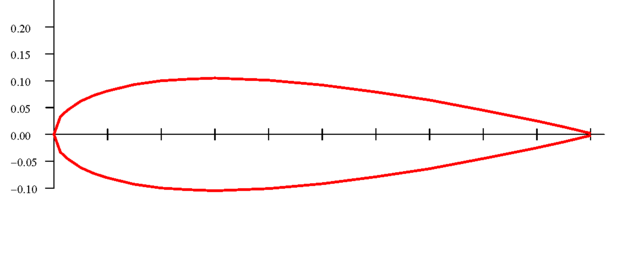
Then fattened the NACA 0021 profile 2x (that ground plane thing):
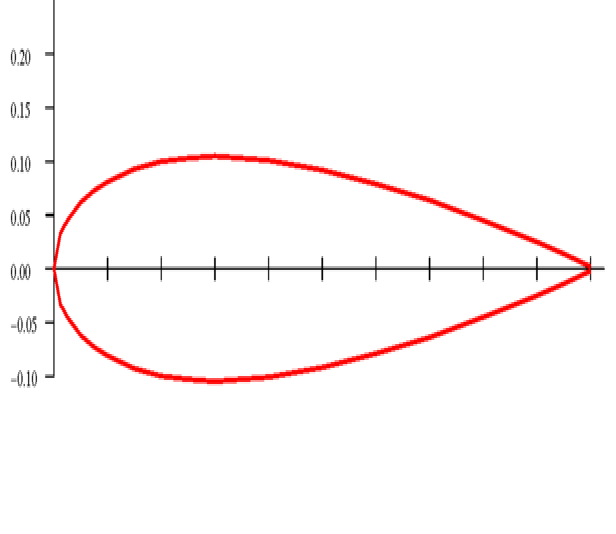
The NACA 0018 is listed as having somewhat lower drag vs the 0021; it appears they are the same shape only reproportioned e.g. 0018 is 18% as thick as it is long while the 0021 is 21% w/l. Here is the 0018 fattened 2x:
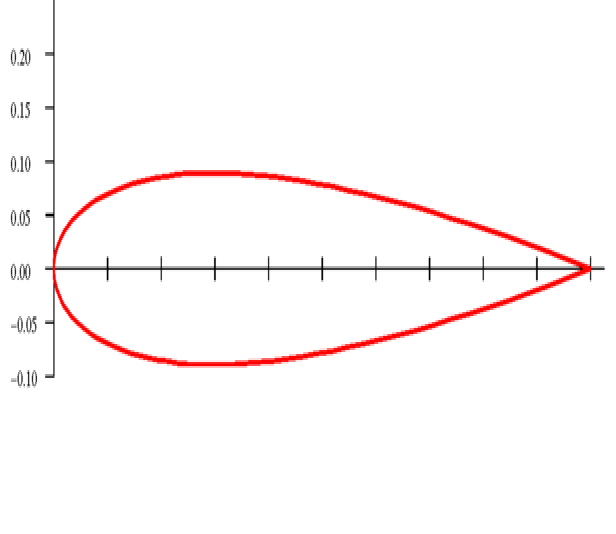
And they look like this template:
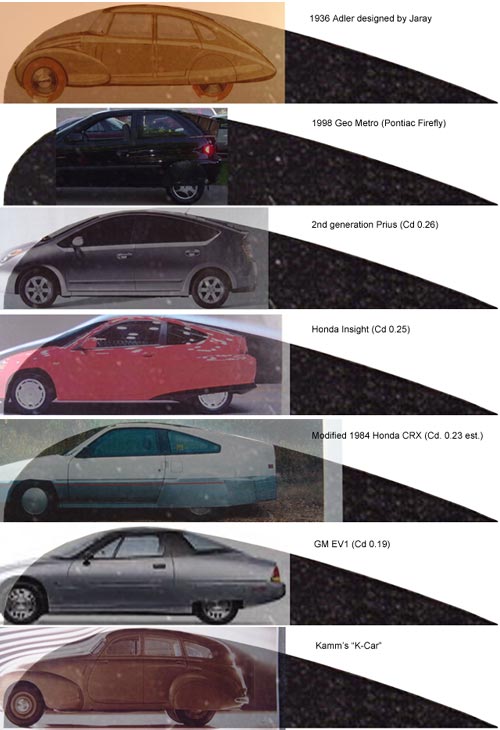
NOW, bear in mind that these airfoil profiles are 2-D. I came across this (slightly edited by me here):
Quote:
There's a difference between the flow around a two-dimensional cylinder and the flow around an axisymmetric form. The whole point of shaping an airfoil or a form is to manipulate the boundary layer through the pressure distribution along each surface streamline. Using an airfoil section for a 3-D form profile will not give you the design pressures or the desired boundary layer development.
Alex Strojnick, in his book, "Laminar Aircraft Technologies" (published by the author, now deceased), recommends taking airfoil coordinates to the 3/2 power (and scaling to the original thickness) to use them as templates for bodies of revolution. The result will be a more pointed shape than the corresponding 2D airfoil profile. For example, the figure below shows the NACA 66-021 section converted to an axisymmetric profile using Strojnick's technique. This resembles a Parson's low drag body shape, although Parson designed his bodies using a CFD analysis code and an optimization technique (Parson, J. S, Godson, R. E, Goldschmied, F.R., "Shaping of Axisymmetric Bodies for Minimum Drag in Incompressible Flow", Journal of Hydronautics, July 1967.)
The finest source of info on body shaping that I've seen is Bruce Carmichael's "Personal Aircraft Drag Reduction" (published by the author, 1995, mailto:brucecar1@juno.com; reviewed at http://www89.pair.com/techinfo/Books/bookrev.htm). Carmichael did pioneering research on low-drag bodies in water and came up with the Dolphin and SHAMU vehicle shapes. These bodies were designed in the 1960's for high speed towed sonar systems. It's possible to have quite low drag with bodies that have a fineness ratio as low as 3. There is extensive theoretical and experimental data on low drag bodies of several kinds presented in his book.
|
The NACA 0018 reproportioned as above:
